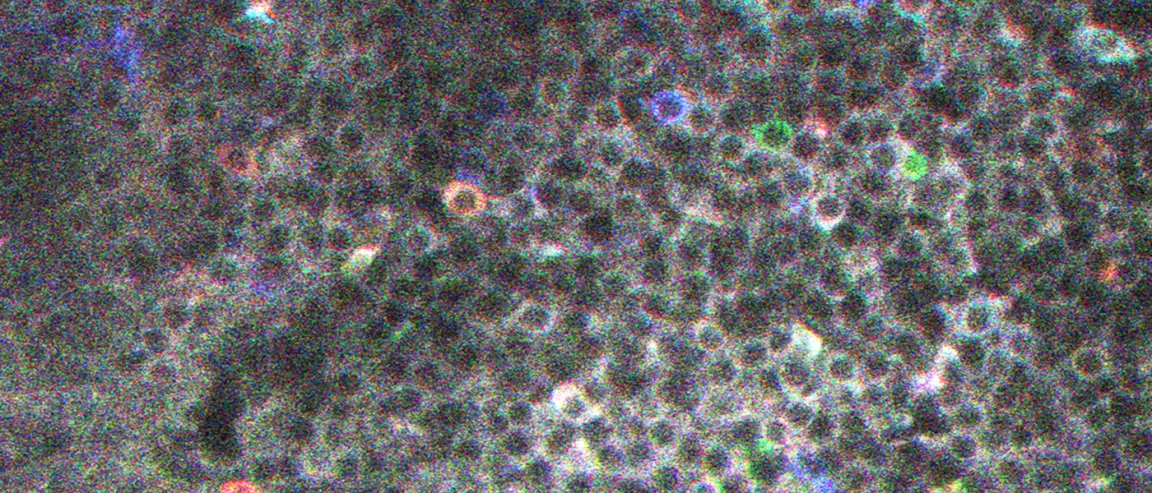
Building blocks of memory
Researchers at the Institut de Neurobiologie de la Méditerranée in Marseille, France have found a way to monitor a neural process that they suspect helps memories form.
The researchers looked at brain cells present in mice and humans that keep track of location and distance. These neurons got the attention of scientists because they were seen to fire in a certain sequence when a the brain is at rest. It may be mentally retracing its path, says researcher Rosa Cossart, as part of a process that helps in the formation of memories in mice.
All that was needed was to map this neural sequence.
To map neural activity in the hippocampus, Cossart and her team added a fluorescent protein to the neurons of four mice. The injected proteins were to light up when calcium ions flood the cell, indicating that the neuron is actively firing signals. They observed 1,000 neurons per mouse.
The result was a fluorescent map of brain activity never before monitored at such a scale.
A network of experiences
The brain activity of the mice was monitored while the creatures walked on a treadmill and while they were at rest. The researchers were able to confirm how the neurons were firing sequentially, as if taking note of distance travelled. Furthermore, the same neurons lit up when the mice were at rest — firing more rapidly and in sequential blocks, as if reflecting on the previous activity and committing it to memory.

Cossart believes that each sequential block represents a particular chunk of the mouse’s earlier experience. “We’ve been able to image the individual building-blocks of memory,” she says.
George Dragoi at Yale University, however, wasn’t so sure about these findings. The neurons fired while at rest, Dragoi comments, may have been just regular brain activity not necessarily involved in memory formation.
Kamran Diba at the University of Wisconsin in Milwaukee, although fascinated wit the research has similar reservations. He wonders why the neurons were working in blocks at rest if they were functioning individually while the mice were in action.
Reservations aside, these results may prove to be useful in medical research (like Alzheimer’s), provided that additional studies be made to confirm the same patterns in human brain activity.